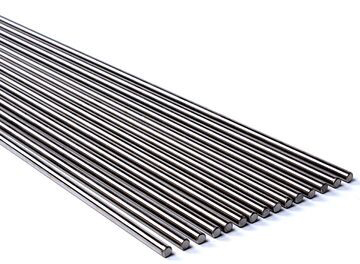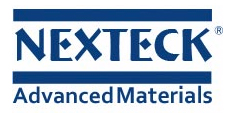Invar (UNS K93600) is a metal of a nickel level of 36%, Fe of 63.8% and C of 0.2%. The name Invar comes from the word invariable as it does not change in length when exposed to temperature variations. It was invented by Swiss physicist Charles édouard Guillaume in 1896. He was awarded the Nobel Prize in Physics in 1920 for this discovery which make improvements in scientific instruments.

Common grades of Invar have a coefficient of thermal expansion (denoted α, and measured between 20 °C and 100 °C) of about 1.2 × 10?6 K?1 (1.2 ppm/°C), while ordinary steels have values of around 11–15 ppm. Extra-pure grades (<0.1% Co) can readily produce values as low as 0.62–0.65 ppm/°C. Some formulations display negative thermal expansion (NTE) characteristics. Though it is relatively lack of expansion or contraction with temperature changes, it does have a propensity to creep.
Invar is used where high dimensional stability is required, such as precision instruments, seismic creep gauges, clocks, antimagnetic watches, television shadow-mask frames, valves in engines, and large aerostructure molds, level staff and large composite material structures for aerospace carbon fibre layup molds,
Nexteck provides Invar in the form of wires, bars, tubes, strips and plates. It is cost-effective.
Attending exhibitions, focusing on industry devolpment trend and new technologies,Nexteck Technology Limited keeps pace with the times ,exploring and innovating so as to achievingcontinous development.
TAG: Invar UNS K93600




